This painting depicts a madam or ruffian, living of the prostitution of others.
Source: Gli abiti de veneziani di quasi ogni età con diligenza raccolti e dipinti nel secolo XVIII, by Giovanni Grevembroch (1731–1807), which in four volumes contains over six hundred watercolours of how Venetians dressed in the 1700s.
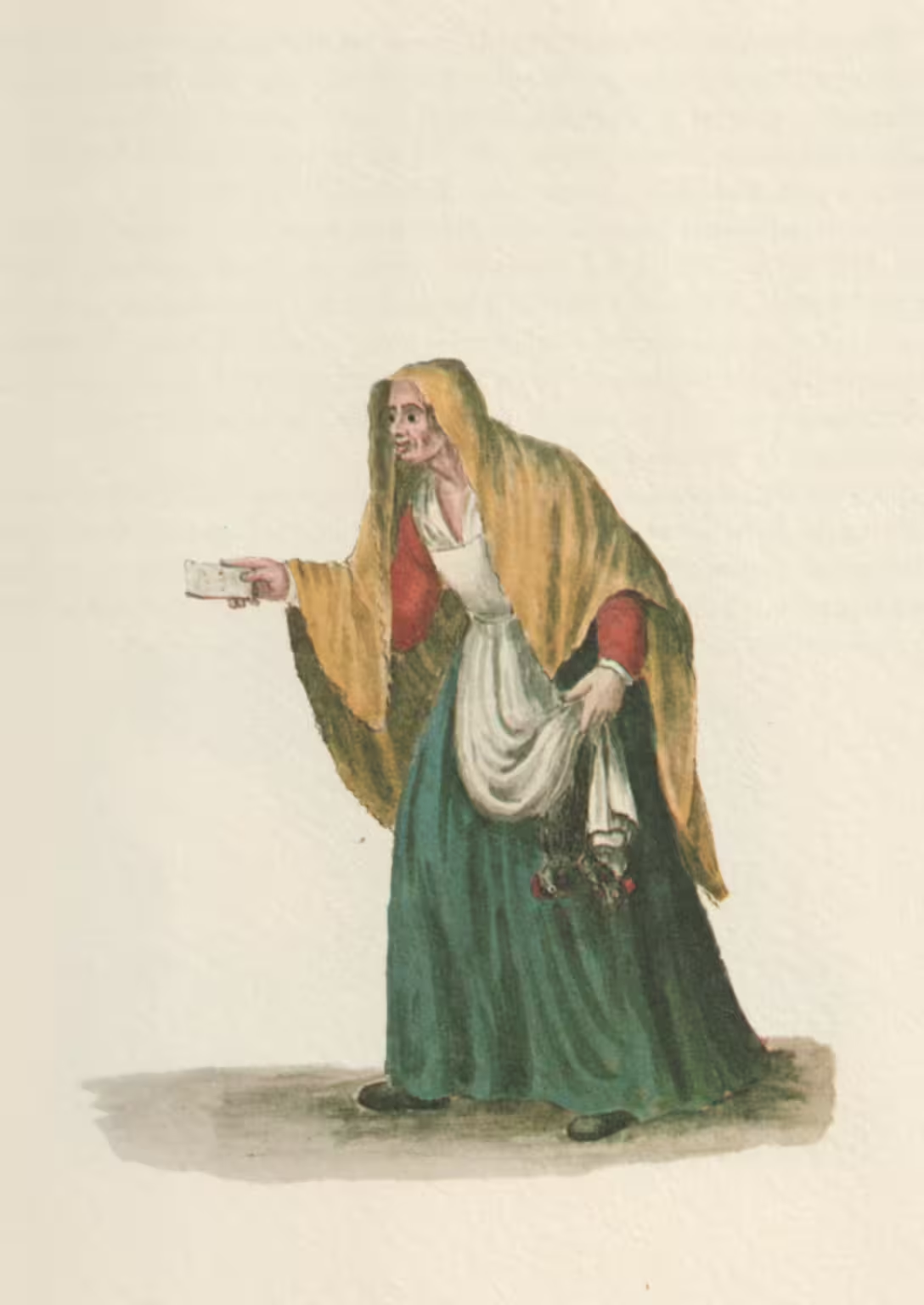
Ruffian or Madam
Even though the Law 1486, 20 March, obligated the Madams to wear the yellow dress under penalty of being whipped, and that by subsequent Decrees the Harlots were obliged to keep the agreements held to them, yet there were always Women and Men so unworthy, who professed such an unjust profession for the sake of self-interest.
They reached such an excess of avarice by renting multiple houses at low prices, and providing them with paltry furniture, they sub-let them to prostitutes for excessive amounts. They also provided them with the way of dressing, for which burden they rose to such exorbitant profits, as they subjected the poor unfortunates to the necessity of having to find a way to make up for it every day; even more so, as the Pimps stood near them with threats and impious insinuations, and continually urged them to do improper things, for the purpose of reducing them to despair;
Such abominable extortions, which amounted to an illicit advantage of four hundred percent, aroused the Public Maturity several times which under rigorous penalties prohibited directions contrary to Religion, and to the exemplary City police. The Ruffians were already banished with a bounty of one hundred lire until the year 1492 on June 15; but it was necessary to renew the Proclamations from time to time without however completely eradicating such a pernicious and malignant pest.
To the veteran and experienced Ms. Aristea Paganello, a short time ago, we sent a couple of chicken to highlight the merit of her work.

Original Italian text
Ruffiana
Con tutto che la Legge 1486. 20 Marzo obligasse le Ruffiane a vestire l’Abito di color giallo in pena di essere frustate, e che per susseguenti Decreti non fossero obligate le Meretrici mantenere li patti loro tenuti, pure vi furono sempre Donne, ed Uomini sì indegni, che professarono a motivo d’interesse un si iniquo mestiere.
Giungevano costoro a tal’eccesso di avvidità al prendere in affitto più Case di poco prezzo, e fornitele di meschini Mobili, le subloccavano a Donne da partito per eccedenti corrisponsioni. Somministravano in oltre ad esse il modo di vestire, per il quale aggravio ascendevano a così esorbitanti lucri, stante i quali assoggettavano le povere infelici alla necessità di dover alla giornata procacciarsi il modo di supplire; tanto più, che le Ruffiane standole a fianco con minaccie, ed insinuazioni empie, e continue le sollecitavano al mal fare, a segno di ridursi disperate;
Tali abominevoli estorsioni, che sormontavano ad un’illecito avvantaggio di un quattrocento per cento, destò la Publica Maturità più volte sotto rigorose pene proibire direzione si contraria alla Religione, ed alla polizia di Città esemplare. Banditi già furono li Ruffiani con Taglia di cento lire sino l’anno 1492 a 15 Giugno; ma convenne di tempo in tempo rinovare i Proclami senza però l’intiera estirpazione di una peste tanto perniciosa, e maligna.
Alla veterana, ed esperimentata Sig.a Aristea Paganello poco fa mandassimo
Grevembroch (1981), vol. 3, p. 162.
un paro polastre per dar risalto al merito del suo operare.
Related articles
Bibliography
- Grevembroch, Giovanni. Gli abiti de veneziani di quasi ogni eta con diligenza raccolti e dipinti nel secolo XVIII, orig. c. 1754. Venezia, Filippi Editore, 1981. [more]
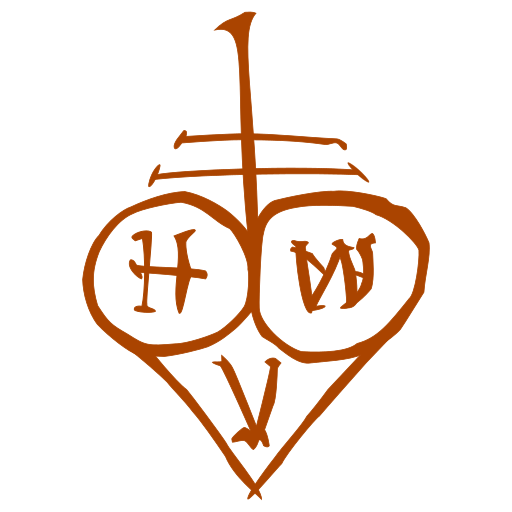

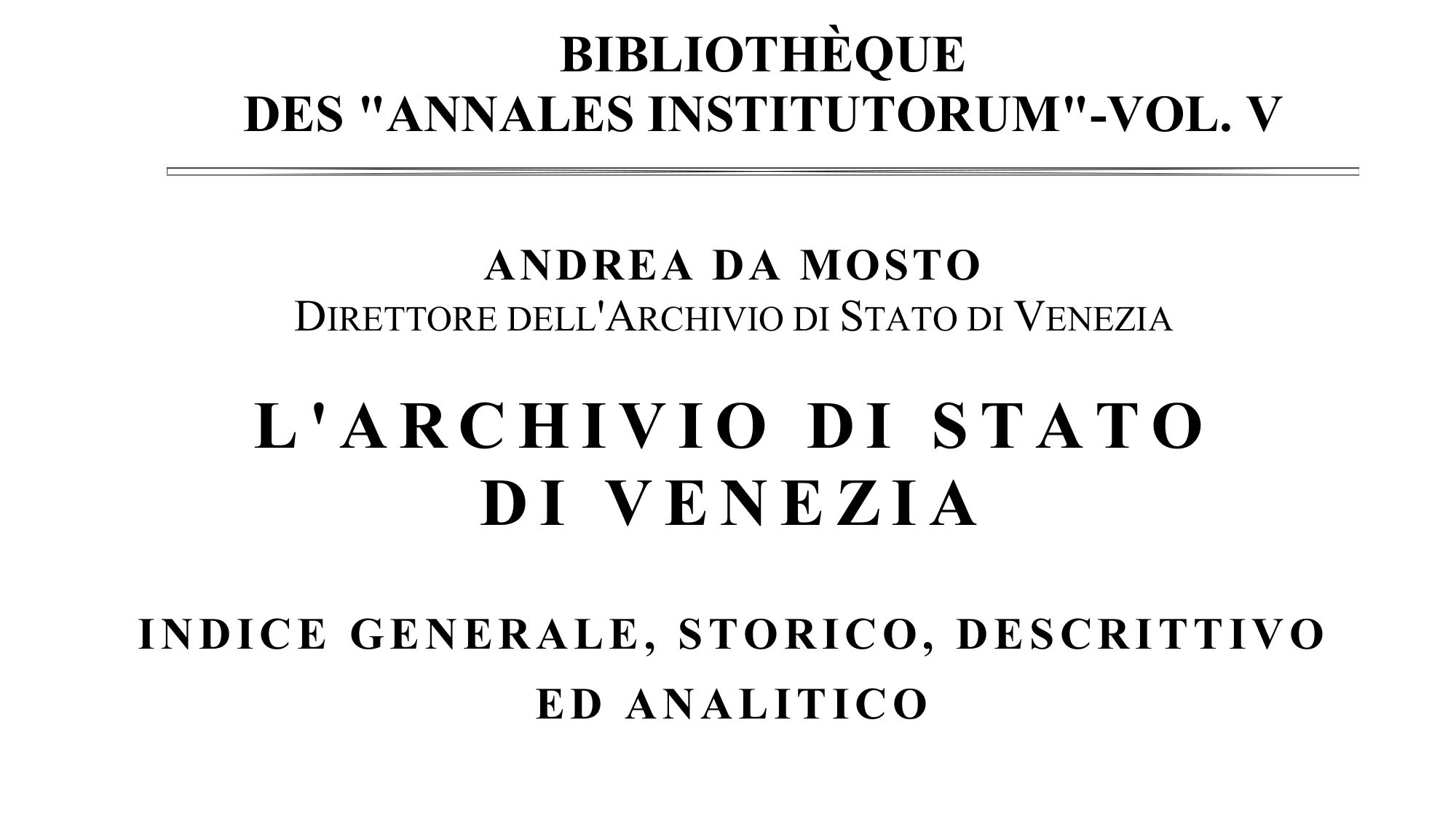
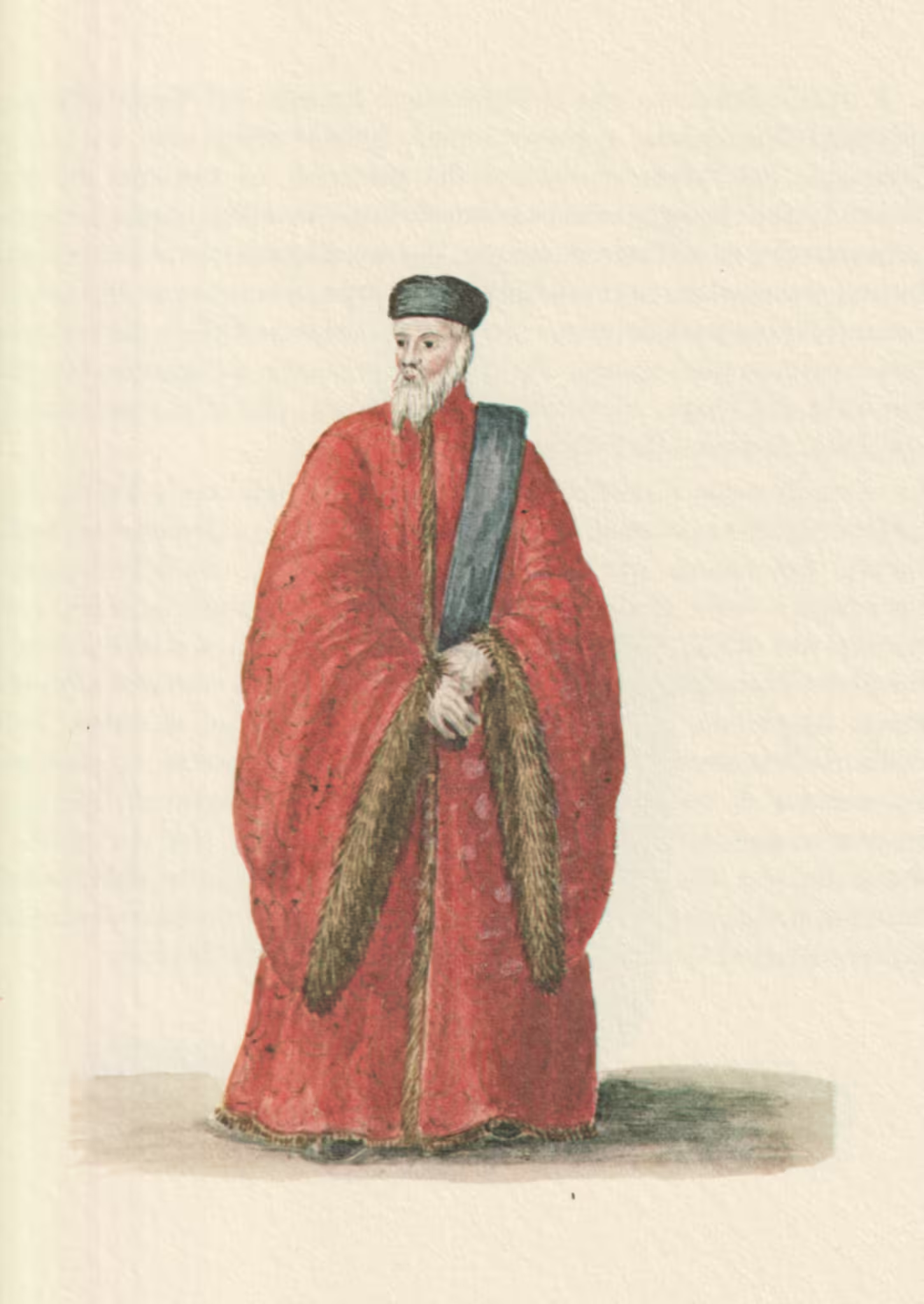
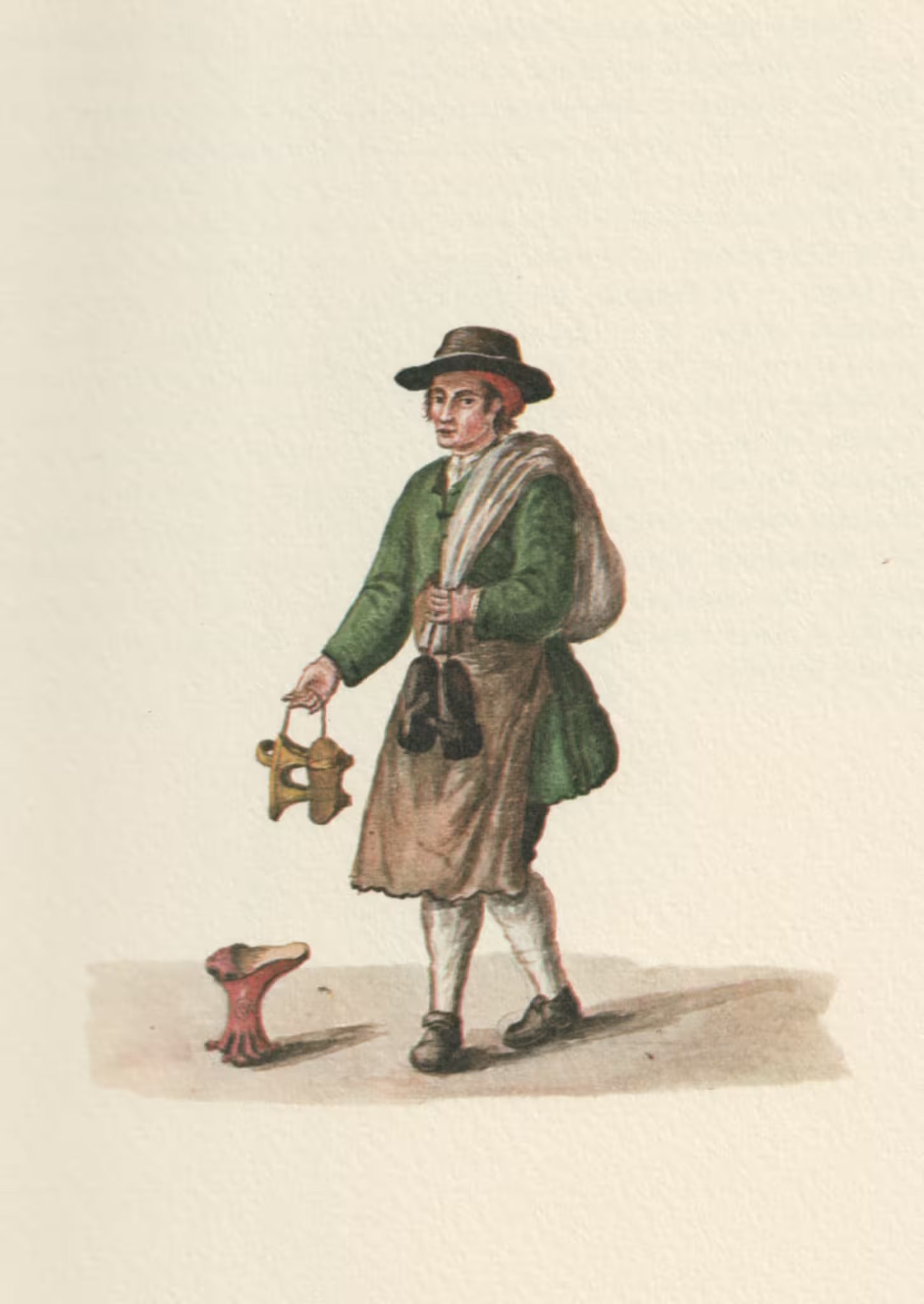
Leave a Reply